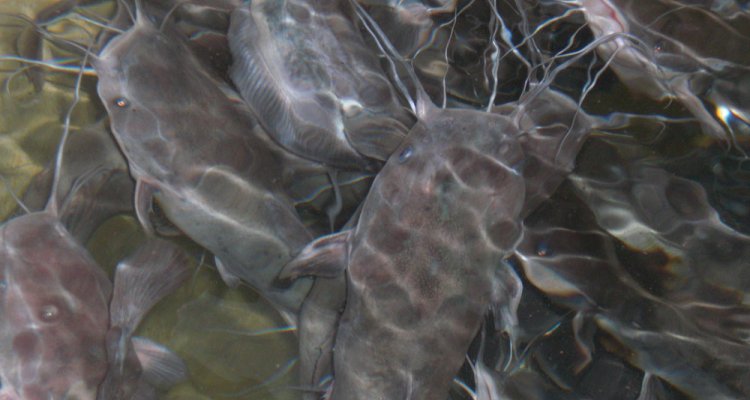
Project
Water quality in fish farming Recirculating Aquaculture Systems (RAS)
Water quality in fish farms is one of the key elements for a successful business. WLR is investigating threshold values for nitrogenous waste products for the main species farmed in The Netherlands; catfish, eel and pike perch.
Good water quality is vital for an optimal production and fish welfare. As sustainability in fish farming also comprises fish welfare, standards for water quality parameters are relevant. Nitrogenous waste products, ammonia, nitrite and nitrate, will affect water quality in RAS. These substances interact, depending on system dynamics, and threshold values are fish species specific. Current threshold values for fish are based on production parameters such as growth and feed intake. However, growth and feed intake alone may not be suitable as readout parameters for discomfort resulting from sub-optimal water quality. Physiological data i.e. blood plasma values and the status of the gills, boost data on growth and feed intake. The gills comprise the primary organ for exchange between the internal and external environment, and react to any substances in the water that can harm the fish.
As it is our aim to measure subtle effects that may serve as early warning signals for the farmer, we assess chronic exposure to different levels of nitrogenous by physiological analysis, combined with growth and feed intake data.